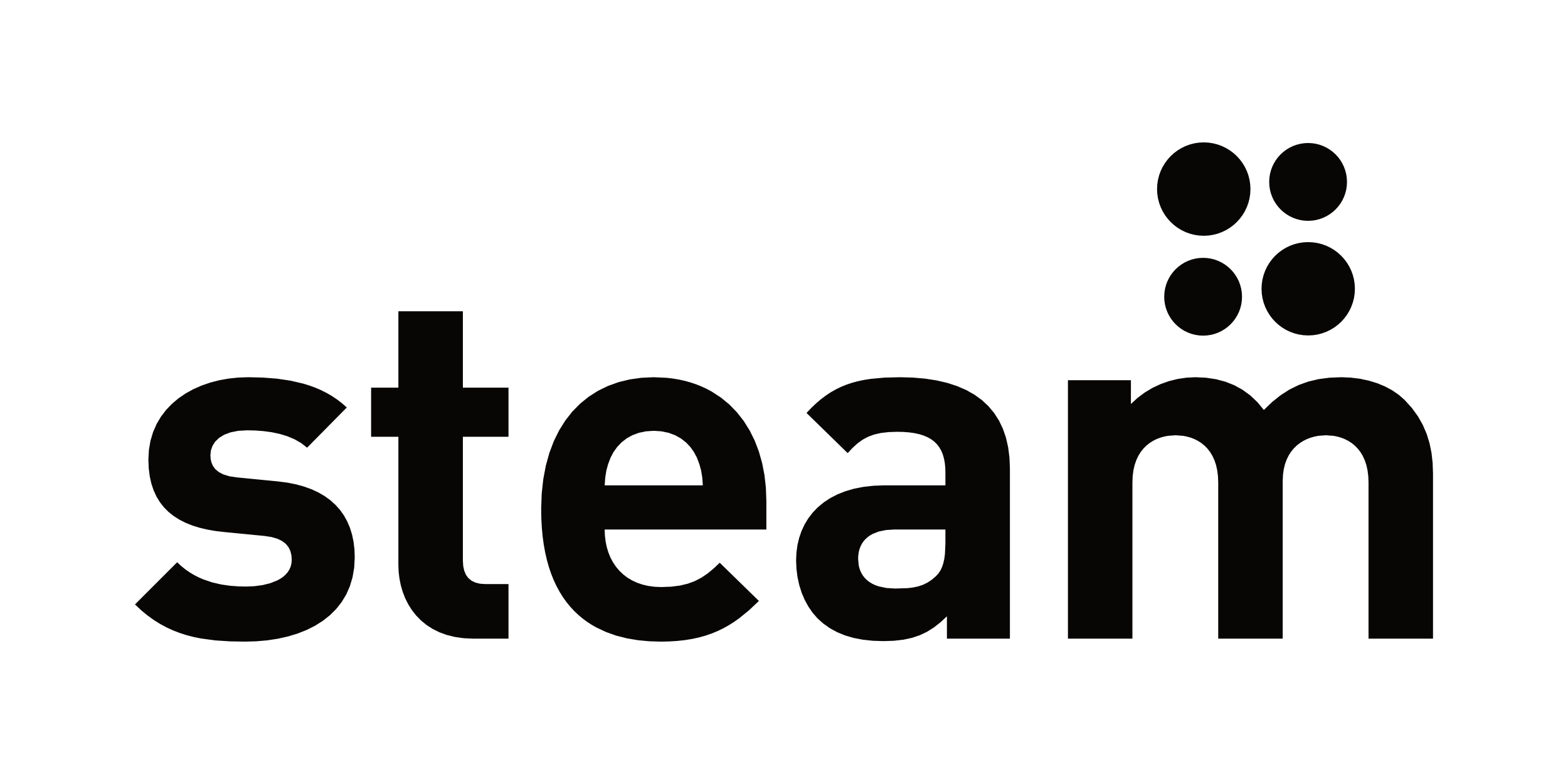KITCHEN CABINETS—TECHNIQUE: LACQUER 1/3
For cabinets with an opaque and rich finish, lacquer is the preferred finishing technique.
Each year, the Cuisines Steam team gathers at the return of the holidays to discuss trends. Armed with magazines, samples, travel souvenirs and a head full of ideas, designers are busy discussing, exchanging their 2018 trends forecast for kitchens. What colors and shades will be in demand this year?
This series of three articles will introduce you to two finishing techniques for applying colors to our kitchen cabinets: lacquer and stain, to finally unveil the 2018 color palettes created by the Steam team!
1st TECHNIQUE: LAcQUER
Lacquer finish is a process by which several thin layers of paint are applied to cover wood panels or HDF. This technique provides an opaque, rich and even, matte or glossy finish. The variety of nuances is almost infinite.
For cabinets with an opaque and rich finish, lacquer is the preferred finishing technique.
Sanding each of the surfaces is an important step in the preparation of the materials.
SOME IMPORTANT FACTORS ARE ADVANCED TO ENSURE MAXIMUM SURFACE ADHERENCE.
Chemist, colorist, etc. Cuisines Steam's artisans are experts in color!
The choice of material: for most kitchen projects, MDF (medium density fiberboard) is used. Attention there are several qualities of MDF, Cuisines Steam favors high-quality panels (HDF);
The lacquer recipe ... as in the kitchen, you have to make sure to proportion the components (ingredients) of this famous concoction: a mixture of polyurethane, catalyst and thinner ... real chemistry! Again, no compromise on quality, our polyurethane lacquer comes from Italy!
Contrary to what we can think, these steps are done manually by local craftsmen. This procedure is longer than an automated process, but it gives us unparalleled quality.
TIP: MAKE SURE TO SEEK THE NUMBER OF LACQUER LAYERS WHEN COMPARING DIFFERENT MANUFACTURERS. THE CROSSED LAYERS ARE OFTEN COUNT AS TWO LAYERS. FINALLY, THE LAYER SUPERPOSITION OFFERS A MORE RIGID FACADE AND SO IT MAKES IT MORE SUSTAINABLE.
Stay tuned to learn more about the 2nd technique: the stain; and the unveiling of the 2018 Steam Kitchens!
Genevieve G.








